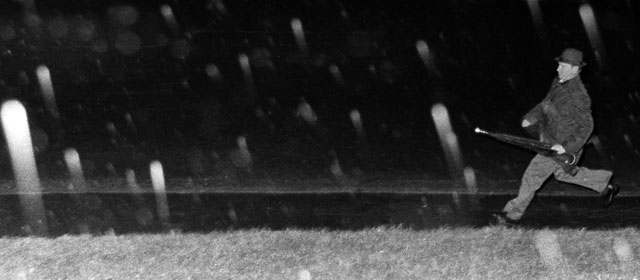Story summary
Intelligence is information, often secret, likely to be useful in dealing with potential enemies or rivals. All countries gather intelligence and keep their own secrets.
Early intelligence
In the 1800s both the government and their Māori allies and enemies gathered information about each other and used spies.
Early 20th century
During the First World War (1914–1918) New Zealand had military intelligence staff in the army and navy. Within New Zealand a small number of police kept watch on people who were considered suspicious. Between the world wars police monitoring continued, and began to focus on people involved with the Communist Party.
During the Second World War (1939–1945) the military continued gathering intelligence through intercepting communications. In 1941 New Zealand started the Security Intelligence Bureau, but it was closed at the end of the war.
Intelligence during the Cold War
In 1949 the Police Special Branch was established to monitor ‘radicals’ who they thought could be dangerous to New Zealand’s security. It was disbanded in 1956 when the government set up the New Zealand Security Service, later called the Security Intelligence Service (SIS), a civilian organisation.
During the Cold War the US and its allies were in conflict, though not directly at war, with the Soviet Union and its allies. The SIS monitored the Soviet, East European and Chinese embassies in New Zealand, and a number of Soviet diplomats were expelled for alleged spying. The SIS also watched activist groups it thought could be ‘subversive’, and sometimes infiltrated them.
Government organisations gathered intelligence from listening in on communications. New Zealand also shared its intelligence with its allies, the USA, the UK, Canada and Australia.
Public concerns
Civil liberties groups have long been concerned about the actions of government ‘spy’ agencies, and there have been frequent protests against the SIS and spy bases in New Zealand.
Intelligence services in the 2000s
In the 2000s New Zealand has a number of intelligence services, some of which are civilian, while others are part of the military or police.
- The SIS focuses on security and intelligence within New Zealand.
- The Government Communications Security Bureau (GCSB) collects and reports on intelligence from overseas.
- The National Assessments Bureau (NAB) is part of the Department of the Prime Minister and Cabinet. It advises the government on overseas events that could affect New Zealand’s interests.
- The Directorate of Defence Intelligence and Security (DDIS) is the combined intelligence service for the armed forces.
- The Strategic Intelligence Unit is part of the New Zealand Police.





